Traumatised by Irma
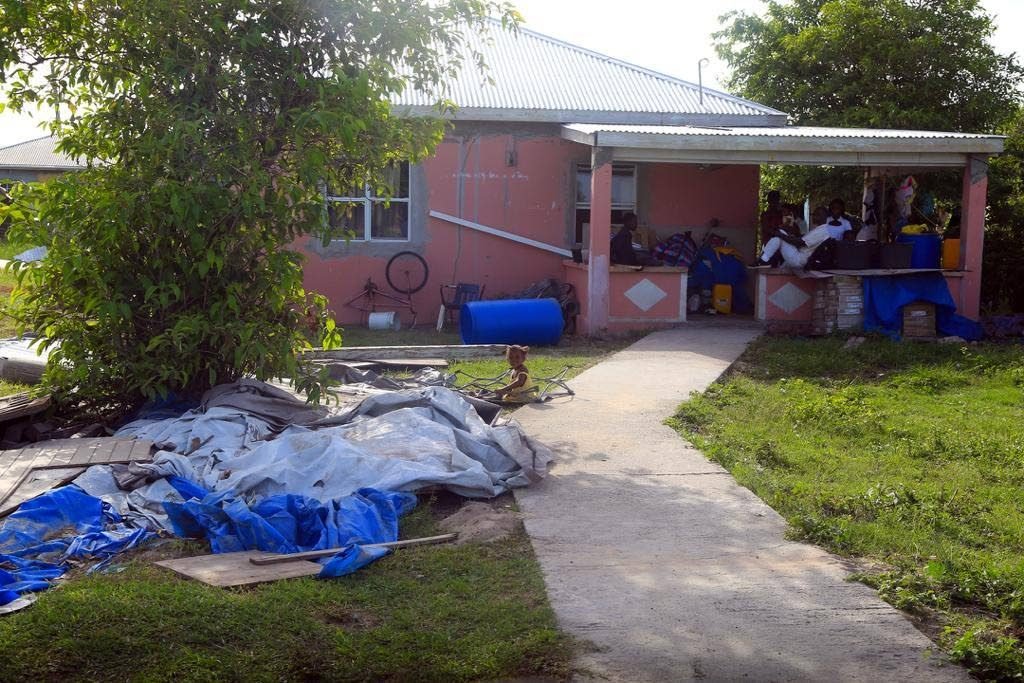
On September 2017, category five Hurricane Irma swept through Barbuda, destroying 95 per cent of the buildings and infrastructure. The 185-mph tropical cyclone brought torrential rain and strong winds which made rivers swell and overflow. There was flash flooding and landslides which damaged houses, hotel resorts, roads, irrigation infrastructure, forest reserves, the fishing sector, crops and livestock.
People sought refuge in the hurricane shelter, church, hospital and even a concrete radio station to wait out Irma’s rampage.
Newsday went to Barbuda on October 8 as part of a workshop held by the Association of Caribbean Media Workers in partnership with the UNICEF Office of the Eastern Caribbean to learn how to cover children in natural disasters hosted in both Antigua and Barbuda.
Some people of Barbuda are no strangers to hurricanes. They were hit by Hurricane Hugo and Hurricane Luis. But there was a generation that had not experienced a hurricane for 20 years.
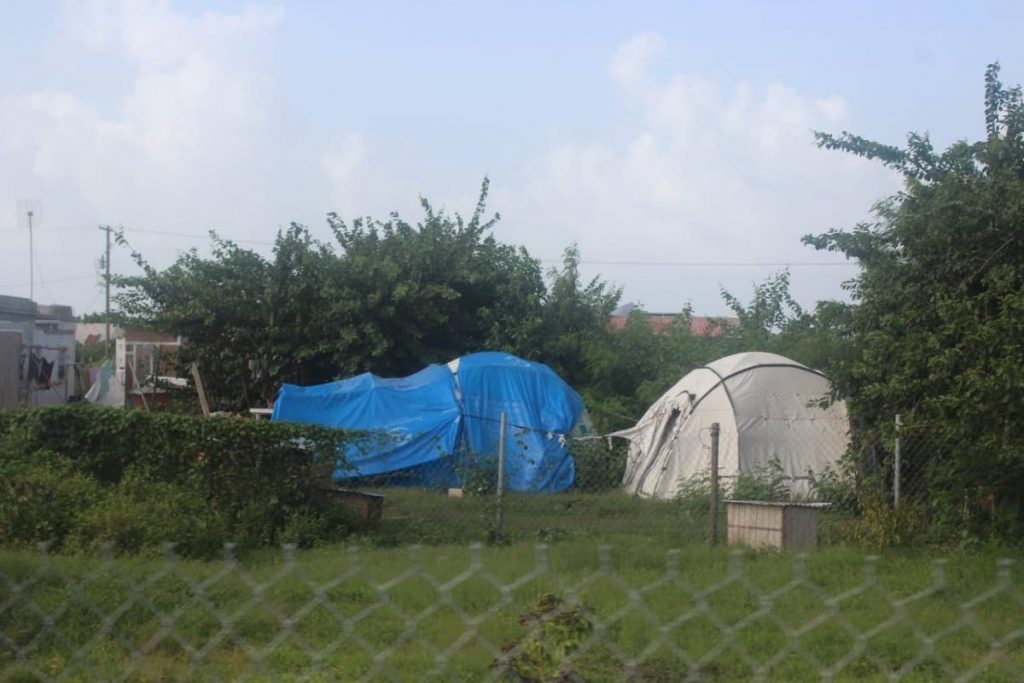
-
Irma was not too shocking for John Mussington, principal of the Sir McChesney George Secondary School. Irma was his third hurricane. Category five Hurricane Hugo was his first in 1989. He said Hugo was not a big deal for him. It came and went with what he described as a “touch of wind and a couple of galvanise tear off.”
He felt true terror in 1995 by Hurricane Luis, a category four hurricane. At that time, he lived in a home he built himself out of plywood near the Codrington Lagoon. The winds threatened his home.
“It was these gusts, and thunder and lightning, and what these gusts did, they actually shook the house in such a way that you felt you were in an earthquake…something which is totally out of your control,” he said.
A shutter on a window came loose, so he put on his motorcycle helmet and went out into the storm.
“Luis was long. It was strong, but it was a gradual build-up, did what it had to do, spend some time, and went.
"Irma now, it came suddenly. Within the space of one hour, it basically sat down and shook you up, tear up. So that first half, when you went out, you couldn’t recognise anything. It’s the first time in my life I saw lampposts just broken like matchsticks.”
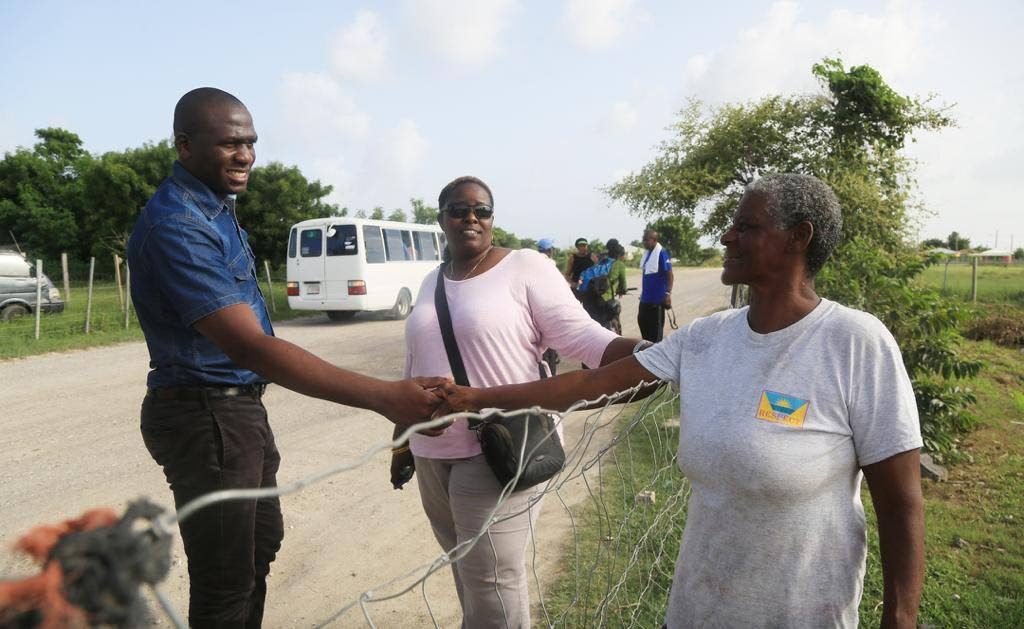
-
There were nine people in his house during Irma including his wife, children and grandchildren. The children ranged from five to 18, with his eldest son being 20. His role, he said, was to be their calm during the storm.
“One of the things you have to remember with children is you can’t break down and panic. You have to give reassurance.”
As Irma charged through Barbuda, the Mussington family started to hear noises that terrified them. Their west door burst open with a large gust of wind. It took four of five of them to secure the house again. Mussington hammered the door shut with six-inch nails.
The children all reacted differently. One grandchild slept through the whole storm, while his 18-year-old daughter started to break down and cry as water entered the house.
“She just literally break down, just could not function, instead just start (to) bawl…For her, I did not expect that, because I thought...at 18 you would be able to manage. But that was the one that really wake me up.”
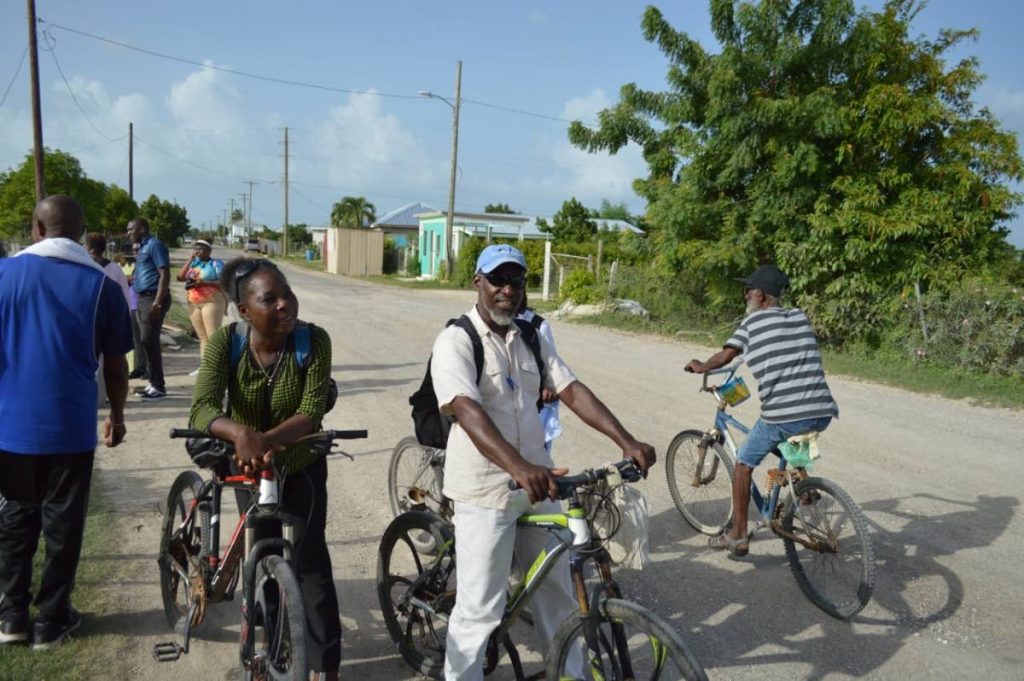
-
After the storm, they walked outside. He saw people rushing to the hospital. At first, he thought someone had died, but it turns out no one had braced the windows at the hurricane shelter with wood. The glass shattered, and people fled to the hospital.
He said people were happy to see their friends and family knowing they had survived the storm. But walking through his storm-wrecked village was awful for him. He’s a photographer and took his camera to document it, but found he could not take one shot of the trauma.
“I couldn't take one picture. Because what you notice – you see the look on people's faces, your friends, family; you see destruction, people lost everything. And you just couldn't find that heart to take that picture. You'll be invading certain things…It’s something I don't know how journalists do it. How do you do it?”
As this was his third hurricane, he said he had a little more resilience, but as for the children, he could not imagine what they were thinking. The effects of a hurricane aren't just physical, he said. "What's going through your mind –‘How am I going to get through this?'”
Barbuda had nothing. He said the comforts usually taken for granted no longer existed. There was no electricity or flowing water.
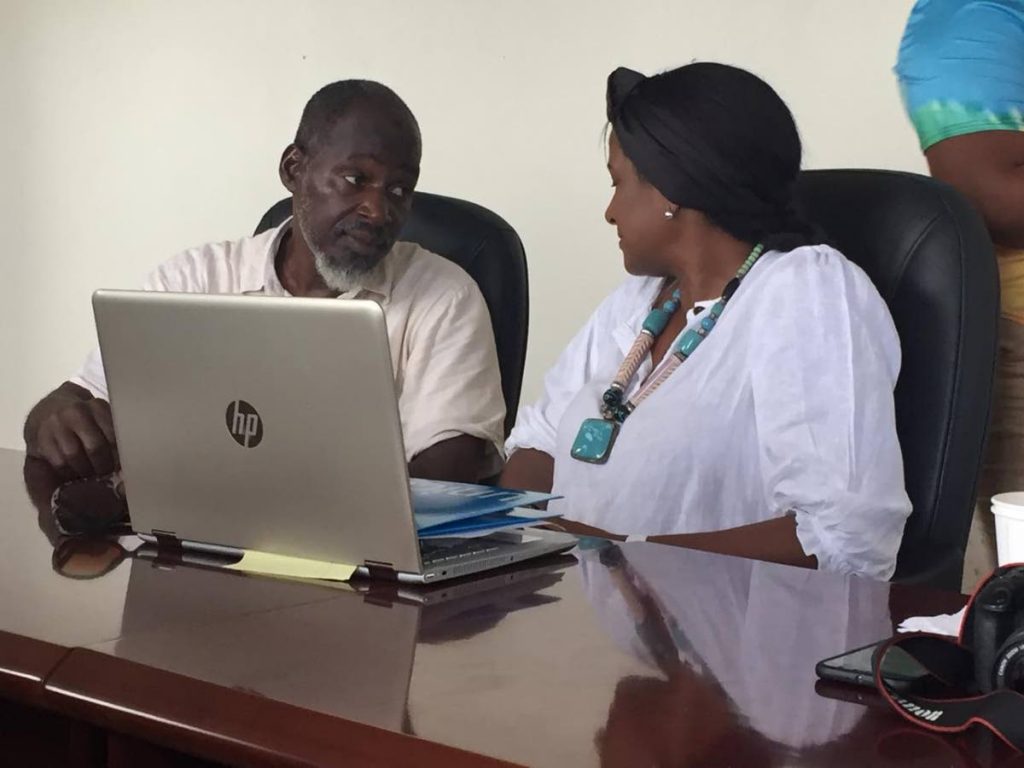
-
Mussington credits the survival of many in Barbuda to the competence of his community as many had been through hurricanes before. During the eye they mobilised, checking in on their neighbours, helping each other out of their homes and providing emotional support.
“A support system is critical. Because when you’re gonna have to deal with the after-effects now – is bad enough you get the destruction from pure physical fury – but it is what comes after which is going to be the critical thing.”
He said people quickly lost hope and turned to community leaders to provide support.
“You have to bear in mind that you have to show a good face; you have to give that support to people and especially children. Because more than anything else in a time like that, you have to be mindful that what they are experiencing can be devastating for them on so many different levels.”
He said dealing with children in trauma is important, as their trauma lasts a lifetime. Distracting them is not sufficient. Rather, it's important to give them an active role in rebuilding and fixing what was destroyed in front of them.
After Irma, primary and secondary schoolchildren were sent to study in Antigua. But Mussington said that was a big mistake, as they were separated from their communities and support systems, further traumatising them and hindering their healing.
While Mussington braved Irma in his home, his relatives, the Harris family, were disputing whether they should stay in their home or flee to the nearby church and hurricane shelter.
Ruth Harris, 62, was arguing with her husband about a crisis of faith. He, believing their home was protected under the covenant of Christ, wanted to stay. But Ruth feared for her life and safety.
“I told him, 'Honey, I don’t believe this house is going to stand a hurricane, because it is five-plus (a category five hurricane). I have never heard about that, and I am 62 years old. I never heard of that kind of prediction. I was in '95 (Hurricane Louis) and we stood up with it. I am going to leave because I don’t believe the house is going to stand up,'” she told Newsday.
Harris is the mother of nine, grandmother of 32 and has one great-grandchild. All she could think about was the safety of her family.
“He said, 'If you are going to leave, leave but I am going to stay. We are Christian and we have a very strong belief. Honey the house is covered under the blood. I believe the home is covered.'
"I believe something will happen. I believe and I went to the shelter.”
Harris went to the church and prayed all night for God to protect her husband and home. Around 4 am one of her children went to the church to tell her everyone was safe, but the house was not in good shape.
“He said, 'Everybody safe, but I don’t want you to come out and go to the house.'
"We lose the whole house. We lose the whole house.
"That didn’t really matter. The only thing that mattered was that my husband was safe and my children were safe.”
Around 5 am she went back to her home and saw her husband. They both burst into tears, each glad the other was safe, despite their destroyed home. Her husband was in the bathroom, bracing from the wind.
“I said, 'God, you is in control.' My grandchildren and my husband are safe and we thank God for that.”
Harris now lives with relatives. There are two tents outside the house and a number of family members whose homes were destroyed by Irma live there.
Keep reading the Hurricane Series as Newsday looks at children and trauma during a hurricane and how to build resilience in a child.


Comments
"Traumatised by Irma"